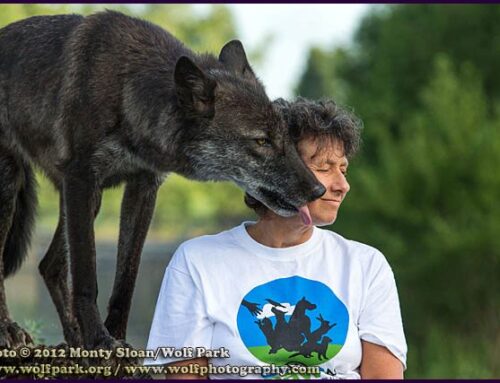
When working with a fearful dog it is important to create a climate both internally and externally that will facilitate, not hinder, learning. We do this by making sure that whatever scares our dogs is not surrounding them in such proximity or quantity that they can focus on nothing else. In order to learn new behaviors and skills a dog needs to be able to process information and think, something they cannot do if they are scared and overwhelmed.
Changing a dog’s internal climate is not as easy or as under our control. Understanding how classical counter conditioning and desensitization ‘work’ is important for every owner of a fearful dog. The use of behavioral medications can also help a dog’s brain be more open and susceptible to new information and learning. The behavioral meds commonly used today are not merely sedatives employed to depress a dog’s reaction to a trigger. By changing the chemistry of a fearful brain, or a depressed brain, it is possible to create a climate in which learning and change becomes easier for a dog.
By controlling and managing what you can in relation to your dog’s experiences you may find that you can help your dog ace the next test that comes their way.





